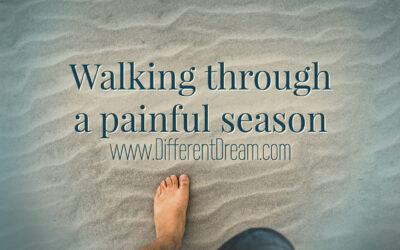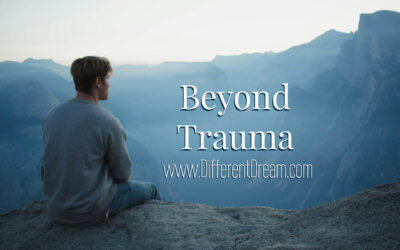Writing about PTSD in Children Was Not on My Bucket List

I have loved to tell stories for as long as I can remember. Show and tell was my favorite subject in school. My second favorite subject was when the teacher read aloud after lunch. The actual writing of stories came in at a distant third, though the gap closed substantially once I quit reversing “b” and “d” and graduated from stubby pencils and flimsy primary paper to pen and wide-ruled notebook paper. As my writing skills grew, I started a bucket list of stories I wanted to write some day.
Over the years, my writing bucket list included the following:
- Write fairy tales about princesses who have straight hair like me
- Write a pioneer story kind of like Little House on the Prairie, but better
- Write a mystery novel
Never, not once in over fifty years, did my bucket list include this:
Write a book about PTSD in children
That unwelcome item didn’t appear on my writing bucket list until 2008 when I was 52. The same year our 26-year-old son was diagnosed with and treated for PTSD caused by the surgeries and invasive medical procedures he experienced from the day he was born until shortly after he turned 4.
In 1982, the year of our son’s birth, the fields of pediatric surgery and neo-natal intensive care (NICU) were just moving from infancy (pardon the pun) to toddlerhood. Therefore, our son endured major surgery before he was a day old according to standard anesthesia protocol of the time. He was given a paralytic drug so he couldn’t move, but no pain medication. Because, as we were told over and over during his 3 week recovery in NICU when no pain meds were given, babies don’t feel pain.
To read the rest of this post, visit the Key Ministry website at this link.
Part 1: Writing About PTSD Was Not on My Bucket List
Part 2: Childhood Trauma by Any Other Name Is Still Traumatic
Part 3: 10 Myths about PTSD in Children
Part 4: What Causes PTSD in Children
Part 5: A Look Inside the Brain’s Response to Childhood Trauma
Part 6: Why the Spotlight Is on PTSD in Children
Part 7: Childhood PTSD Symptoms in Tots, Teens, and In Between
Part 8: Why and How Childhood PTSD Is often Misdiagnosed
Part 9: Effective Treatment of PTSD in Children
Part 10: How to Prevent PTSD in Traumatized Children
Part 11: How Parents Can Advocate Effectively for Traumatized Children
Part 12: 4 Reasons Traumatized Kids Need Mentally Healthy Parents
Part 13: Clinging to Faith While Parenting Children with PTSD
Do you like what you see at DifferentDream.com? You can receive more great content by subscribing to the quarterly Different Dream newsletter and signing up for the daily RSS feed delivered to your email inbox. You can sign up for the first in the pop up box and the second at the bottom of this page.
By Jolene
Jolene Philo is the author of the Different Dream series for parents of kids with special needs. She speaks at parenting and special needs conferences around the country. She’s also the creator and host of the Different Dream website. Sharing Love Abundantly With Special Needs Families: The 5 Love Languages® for Parents Raising Children with Disabilities, which she co-authored with Dr. Gary Chapman, was released in August of 2019 and is available at local bookstores, their bookstore website, and at Amazon.
Subscribe for Updates from Jolene
Related Posts
How Do I Let Go of My Adult EA/TEF Child?
Valeria Conshafter explores the question “How do I let go of my adult EA/TEF child?” for EA/TEF Awareness Month.
The Physical Manifestations of Grief in Caregivers
Jolene explains how the heaviness of loss and sorrow can contribute to the physical manifestations of grief in caregivers.
Experiencing Post-Traumatic Growth while Raising a Child with Disabilities
Jolene explains the benefits of experiencing post-traumatic growth while raising a child with disabilities.






0 Comments